Rich, poor or somewhere in between: how much does a trainer really earn?
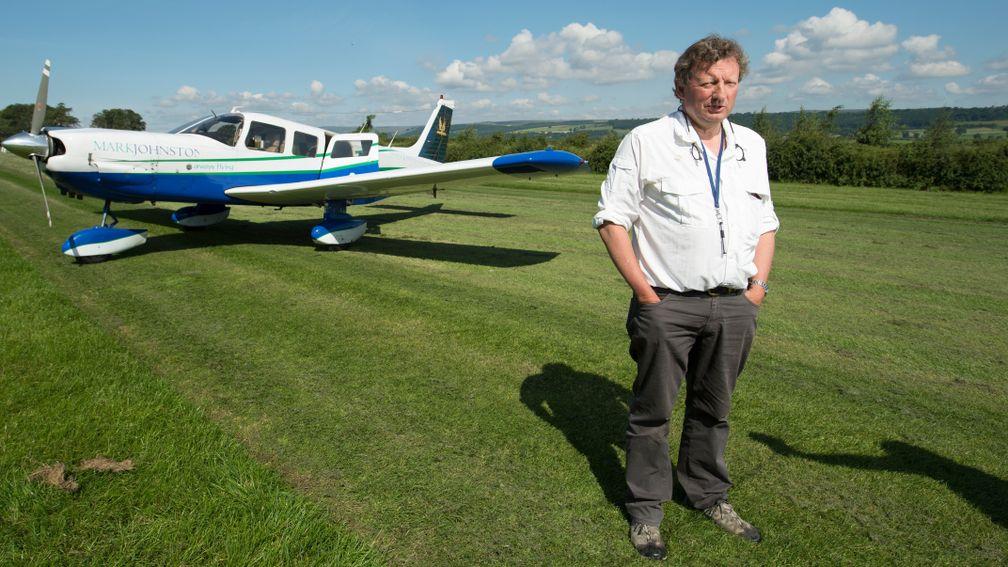
The champion trainers in Britain and Ireland netted a serious amount of prize-money last term.
Across the two codes, jumps and Flat, big-hitters Paul Nicholls (won nearly £3 million in Britain), Willie Mullins (£1.7m in Britain and €5.8m in Ireland), Charlie Appleby (nearly £5m in Britain) and Aidan O'Brien (a whopping £3.3m in Britain and €3.6m in Ireland) had an incredible time – and that is before you factor in further international success.
It is easy to see them winning at the big meetings, driving expensive cars and living the champagne lifestyle and assume trainers must be rolling in it – but how much do they actually earn?
Lay of the land
Yes, if you have 150-plus horses in training – several of whom are Group/Grade 1 class – you can probably keep the wine cellar well stocked, but the same is true of the leaders in any industry.
The retirements of trainers such as Harry Dunlop and Joe Tuite highlight it is more difficult to make it pay than many assume, and the cost of living crisis is squeezing on those margins even further.
Putting a number on it is a bit of a how-long-is-a-piece-of-string question, not just because every yard has a different number of horses who perform to contrasting levels over the course of a season, but because every trainer's business is set up differently.
Some have inherited facilities that are all bought and paid for, others rent or have a mortgage increasing their overheads massively. Some buy horses to sell them on, others get sent homebreds or horses already purchased elsewhere.
Those in the major training centres can benefit from the lower costs of shared transportation, whereas those out on their own have to use their own horseboxes on top of the upfront cost of building their own facilities.
However, once the trainer who is out on their own has their facilities up and running they only have to worry about maintenance rather than paying monthly to use communal gallops.
So what are the costs?
Trainers have four main costs: staff; variables such as feed, hay, bedding and medication; fixed overheads such as bills, rent or mortgage repayments; and incidentals such as maintenance around the yard or a tractor breaking down.
Almost all of those have gone up in recent years, with the cost of living crisis driving up the price of bedding, feed and hay as well as making transporting horses to and from the races vastly more expensive.
Staff often account for the biggest chunk, with an accountant for a number of trainers estimating wage bills run to more than 40 per cent of running costs. Consequently the days of one member of staff for every three horses are long gone – full-time staff are generally looking after four or five horses, if not more. The use of additional part-time work-riders is common in the major training centres.
Outlining the rising nature of some of the costs, a Newmarket trainer with 30 horses said: "I provide free accommodation and pay my lads £500 a week. They start at 6am and finish at 11.20am. They come back for an hour and three-quarters in the afternoon and are done in the yard by 6pm. I've got 30 horses and six full-time staff – the rest are part-timers. It's £20 a lot for a good part-time rider, so if they do three lots that's £60."
That works out at £13,000 in full-time staff per month, with the added expense of two or three part-time work-riders taking the monthly wage bill to roughly £17,500.
"For 30 horses it used to cost me £2,000 a month for bedding, now it's over £2,500, and hay and haylage were £700 and now are £800 each," the trainer adds. "You need the muck heap taken away, that was £350 but now it's £500 if you do it twice a month. Then you've got feed – that was £1,500 a few years ago, now it's close to £2,500, while products and supplements would be another £500."
Several years ago the monthly bill on the above alone was a shade over £23,000 a month. Now it is more than £25,000 and the trainer says: "That's before anything breaks or needs replacing – and then there's electricity, gas and water."
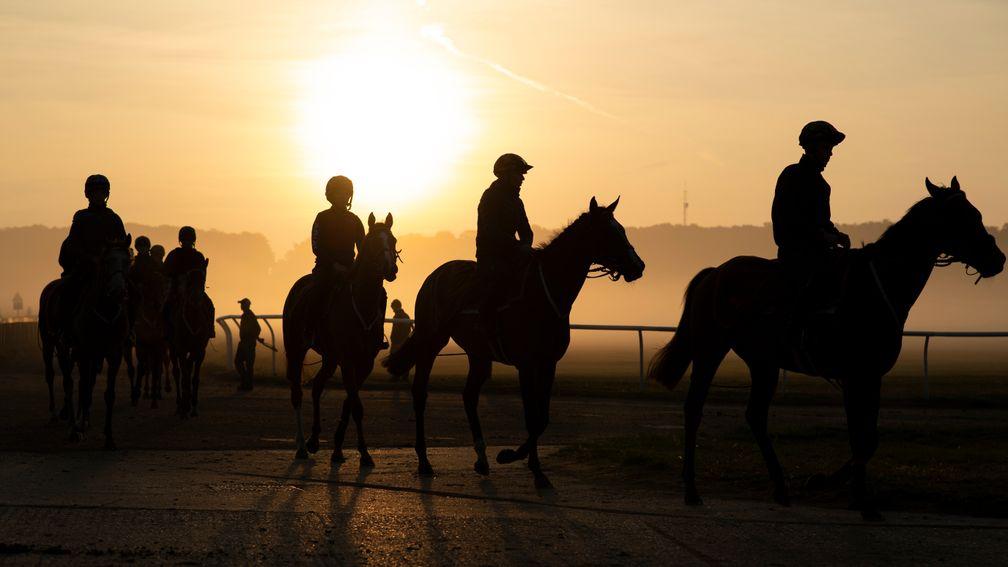
We've yet to factor in rent or mortgage repayments, which will vary from yard to yard, but Linden Lodge Stables in Newmarket – which has 47 boxes – was on the market to rent for £55,000 a year, which is more than £4,500 a month. A 30-box facility would be closer to £3,000 a month, although prices vary based on factors such as location and facilities.
It is £140 per horse a month for access to the Newmarket gallops, up from £120 several years ago, so that is £600 a month more expensive for 30 horses and a total of £4,200 on the monthly bill. By this point our example trainer's costs have spiked to a few quid shy of £32,500 – and we have not even got a horse to the racecourse yet.
Travelling horses now is more expensive than ever, transport ranging from £1.35 per mile to more than £2 depending on the size of the box and how full it is. To take three horses on the 320-mile round trip from Newmarket to Beverley could cost anywhere from £1,296 to £1,920. Several years ago, at roughly 78p per mile, the same trip cost £750.
A 30-horse yard averaging 25 runners a month and slightly more than 6,000 miles of travelling would cost another £8,100, taking the total past £40,000 per month. If you factor in the additional staff costs of going to the races, that figure rises further and goes up again if the trainer chooses to attend and travel separately to the horsebox.
A 200-horse yard will benefit slightly from economies of scale, but a lot of these costs are fairly linear. More horses require more staff, more feed, more bedding, more rent and more transport.
The incidentals add up
Such is the nature of incidentals it is easy to overlook them, but they all add up. Take one Middleham-based trainer who has a 30-horse yard. "You have insurance, for the yard and equipment, plus public liability, employers' liability, that's over £1,500 a month. I have five full-time and two part-time staff, so that's another £3,000 in PAYE and almost £500 in pension contributions," the trainer said.
"It's over £130 a month in subscriptions to the racing channels, Racing Post and form services, phones and stationery is another £1,000 a month and we have finance on a tractor, that's another £1,400. It costs roughly £170 a month to maintain our grass paddocks – from cutting to rolling, spraying, fertiliser, muck picking and labour – and our gallops need a complete refurb every four or five years, which is £30,000. Luckily that isn't something we have to pay this year, so it's just £1,000 a month in maintenance.
"Then there's the annual costs. My car costs £12,000 a year, my accountant £8,400, yard repairs are a minimum of £8,000, maintaining staff accommodation is £2,500, twice a year we have bio-security, which is £1,000 each time, tack repairs cost a minimum of £700 a year and my licence costs £440."
All told, that works out at roughly another £20,000 a month. Not all yards will have these exact costs, but they could also have others not mentioned here. It is a fascinating snapshot and all told takes us up to more than £60,000 a month to run a 30-horse yard. In short it is an extremely expensive sport to be in, even with a relatively modest yard.
But what about prize-money?
Trainers get a share of prize-money, but for all bar the top echelon it is not a significant contributor to their business. They get a smidgen less than ten per cent of win prize-money and just less than six per cent of place prize-money. British Flat champion Charlie Appleby saddled horses to amass £4,908,393 in prize-money in 2021, meaning his cut would be roughly £430,000 from his successes on home soil.
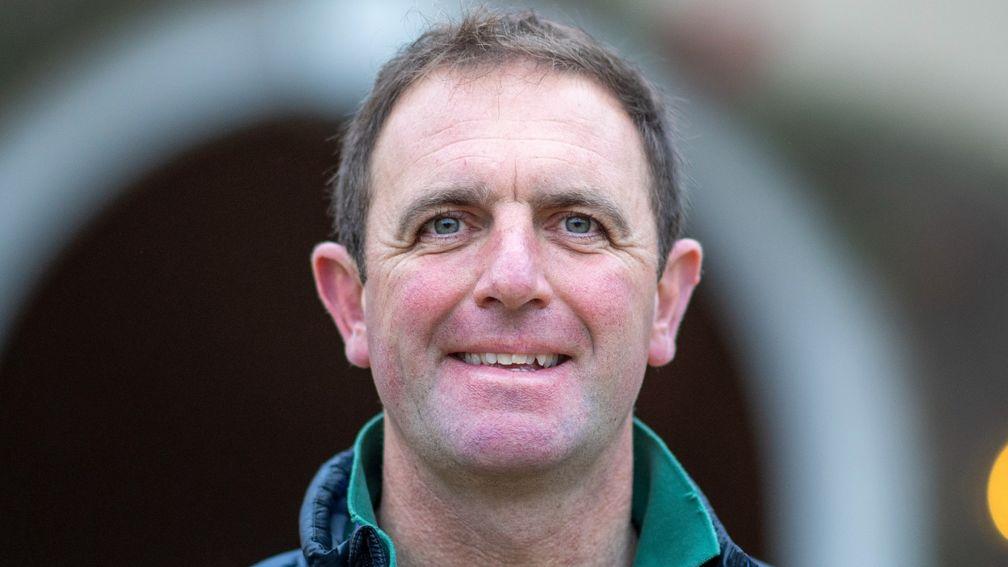
That is a very healthy figure, but given he had 137 individual runners domestically in 2021 – and based on the calculations outlined earlier – that is probably going to cover little more than three or four months of costs.
Richard Newland finished 20th in the jumps trainers' standings in 2020-21 and his share of the £444,018 his runners amassed would have been around £37,000. For a yard that sent out 87 individual runners that season, the prize-money wouldn't even cover one month's costs.
But they do make money, right?
They can do, yes. Every yard has four main sources of income: a share of prize-money as already mentioned; training fees; buying and selling horses; and transportation. Most trainers claim to break even out of buying and selling horses at best, although the opportunity to make money is greater on the Flat.
Trainers who do their own transportation have another potential income stream. Mark Johnston advertises on his website a cost of £1.05 per horse per mile, while Tim Vaughan's rate is 85p. While a full lorry will definitely turn a profit, sending just one horse to the races would make the margin a lot tighter.
So to answer the main question, it all comes down to where a trainer chooses to set their training fee, which is a subject commonly shrouded in mystery.
So what do they have to charge?
Anecdotally fees can range from £30 a day per horse up to £90, but the vast majority do not advertise what they charge. If we take the numbers mentioned earlier around a 30-horse yard, a trainer with a yard with those exact costs would have to charge £66.19 per day to break even – and that is if all 30 horses remained in training all year round, which is unrealistic.
A trainer charging £50 a day would cover their monthly costs and make a profit of £5,000 a month – which does not leave much margin in such a high-turnover business. If anything breaks, or a horse gets injured, an owner removes a horse or does not pay a bill, that small buffer would evaporate very quickly.
Their share of prize-money can come in helpful here and those who own their yards may be able to charge less, but those less willing to leave such things to chance probably need to charge a daily rate closer to £75 or £80 for a yard of such size to build up a buffer and cover the few months off each season a horse will have. It all serves to highlight why it is so hard to break into the training ranks without substantial backing to get off the ground.
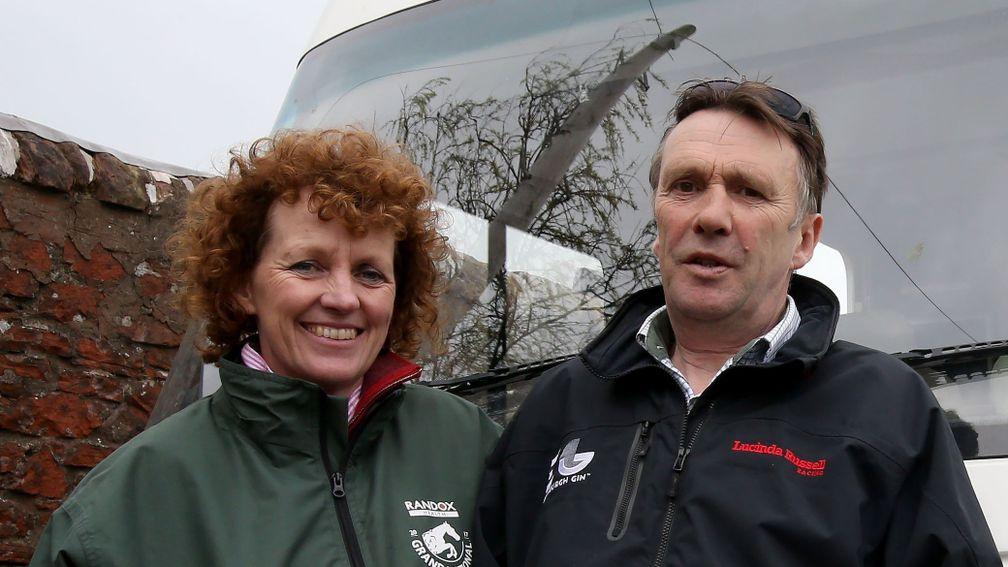
Some trainers are open about fees, however, with Vaughan (£50) and Johnston (£86) at opposite ends of the scale. The rates at Grand National-winning trainer Lucinda Russell's Kinross yard are closer to Vaughan's than Johnston's.
Russell's website reads: "For 2022-23 our training fees for full training are £51.50 per day, or £2,065 all-inclusive training per month. We offer generous discounts for those with multiple horses. Our transport fees are among the lowest at 85p per mile for owners covered by the 'Edinburgh Gin' yard sponsorship.
"We have reduced fees for walking, conditioning work, breaking in and out-of-training horses. Unlimited use of our water treadmill is charged at £85 per month for those in training and recuperating horses under veterinary advice. All fees are subject to VAT but this can be reclaimed under the VAT scheme."
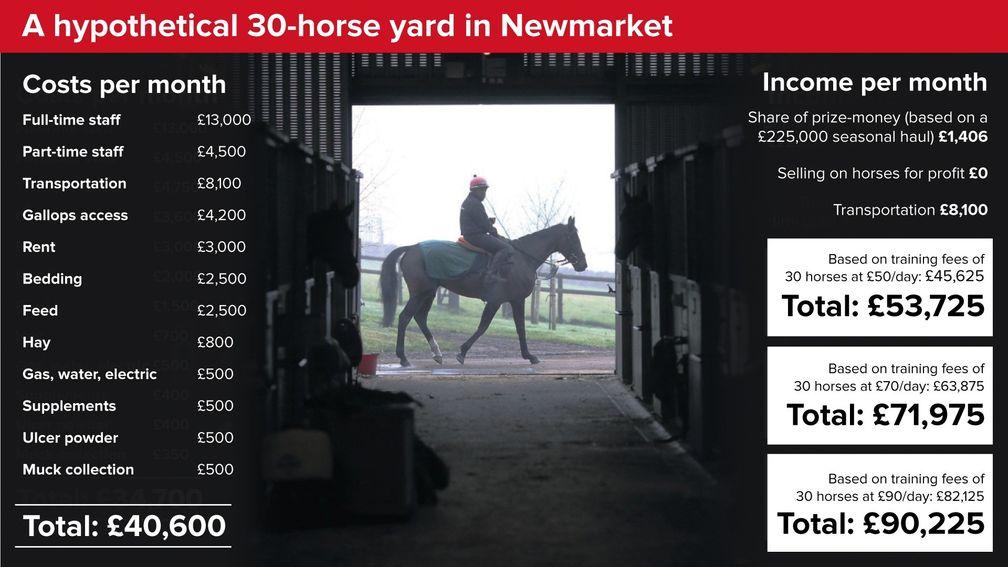
Conclusion
Some trainers are doing very well. Those running big yards full of good horses are clearly making it pay, but operations of that size are few and far between.
For the majority it comes down to the fee being charged and making sure close to every box is full. When the number of horses drops below capacity it becomes very difficult for most trainers to break even.
When you realise how little impact prize-money has on the trainer's business and how dependent they are on training fees, it becomes clear their disquiet about prize-money is not so much for their own benefit but to be able to attract owners to the sport. It also makes it very clear how one or two bad payers could wreck an otherwise well-run business.
Read these next:
So, how much does a jockey really earn?
So you think you want to become a bookie?
How much does it cost to breed a racehorse?

Sign up to receive On The Nose, our essential daily newsletter, from the Racing Post. Your unmissable morning feed, direct to your email inbox every morning.
Published on 16 October 2022inSeries
Last updated 14:49, 25 October 2022
- We believed Dancing Brave could fly - and then he took off to prove it
- 'Don't wind up bookmakers - you might feel clever but your accounts won't last'
- 'There wouldn't be a day I don't think about those boys and their families'
- 'You want a bit of noise, a bit of life - and you have to be fair to punters'
- 'I take flak and it frustrates me - but I'm not going to wreck another horse'
- We believed Dancing Brave could fly - and then he took off to prove it
- 'Don't wind up bookmakers - you might feel clever but your accounts won't last'
- 'There wouldn't be a day I don't think about those boys and their families'
- 'You want a bit of noise, a bit of life - and you have to be fair to punters'
- 'I take flak and it frustrates me - but I'm not going to wreck another horse'